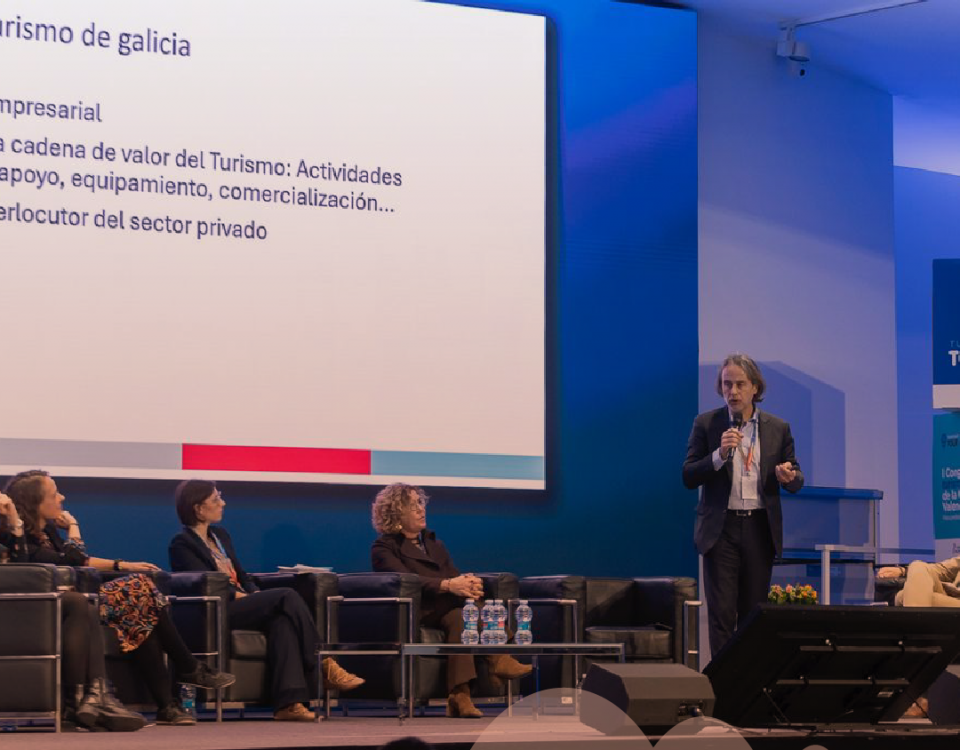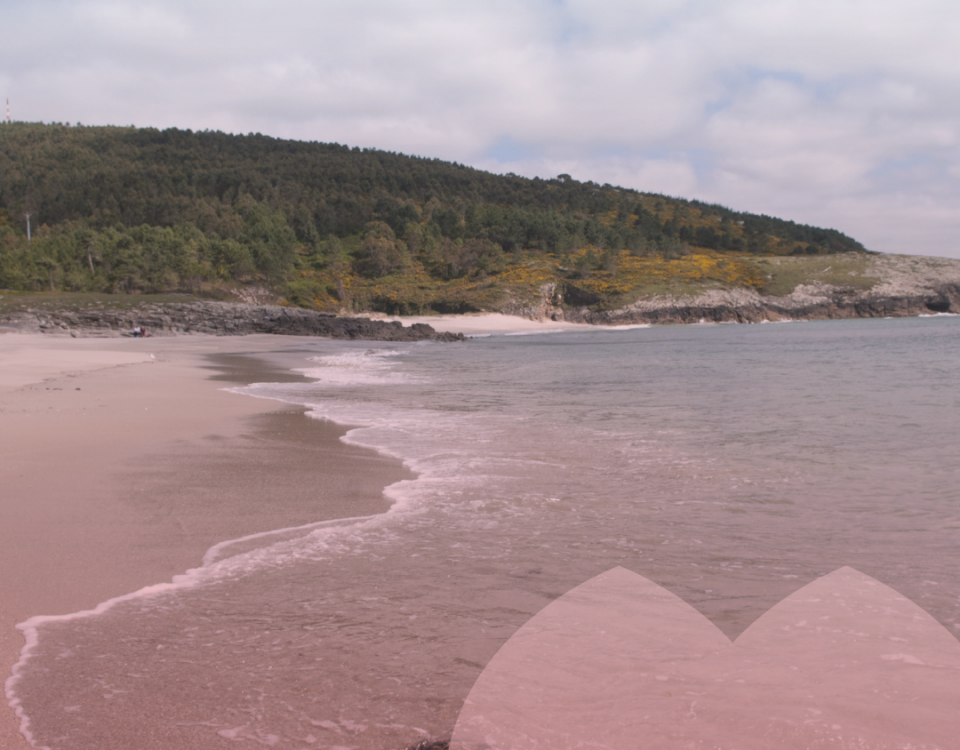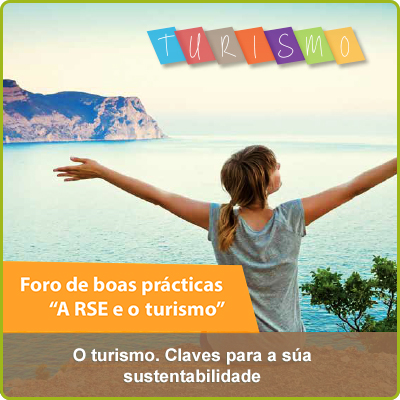- El mejor turismo de galicia
Visto bueno de la Xunta al Plan de Enogastronomía de Galicia
Visto bueno de la Xunta al Plan de Enogastronomía de Galicia
El proyecto, que incluye 3 actuaciones de cohesión y 11 planes de sostenibilidad turística en destino, será llevado a la Conferencia Sectorial de Turismo.
Supondría una inversión total de casi 32 millones de euros y su objetivo es promocionar Galicia como destino enogastronómico de primer nivel.
Catorce proyectos diferentes que supondrían una inversión total de casi 32 millones de euros integran el Plan Territorial de Sostenibilidad Turística de Enogastronomía de Galicia que acaba de recibir el visto bueno del Consello de la Xuntapara su presentación en la próxima Conferencia Sectorial de Turismo. El proyecto, según explican desde el Gobierno autonómico pretende potenciar promocionar “Galicia como destino enogastronómico de primer nivel poniendo en marcha actuaciones transformadoras en diferentes áreas” de nuestro territorio.
Tras el Plan del Litoral de Galicia, este es el segundo plan territorial impulsado por la Xunta en el marco de los fondos NextGeneration de la Unión Europea y se estructura en torno a la puesta en valor de los territorios vitivinícolas, la mejora de la comercialización y de la promoción de nuevos productos turísticos relacionados con la enogastronomía, la promoción sostenible del territorio y la potenciación del territorio enogastronómico gallego. Y todo ello, con un fuerte contenido de digitalización e innovación.
Las actuaciones previstas se dividen en tres actuaciones de cohesión en destino (ACD) y once planes de sostenibilidad turística en destino (PSTD), impulsados estos últimos por las administraciones locales. Las ACD previstas incluyen la actuación en alojamientos con encanto en destinos enogastronómicos para permitir la realización de experiencias, la creación de Galicia Gastro Experience como centro de referencia para la mejora de la enogastronomía turística, y la puesta en marcha de una red de movilidad en vehículos eléctricos en las cinco rutas del vino de Galicia. Estas tres actuaciones suman una inversión total de casi 15 millones de euros.
Los once planes de sostenibilidad turística en destino son: PSTD Los Fogones del Anllóns (impulsado por los municipios de Carballo, Coristanco, A Laracha, Ponteceso y Cabana de Bergantiños, y presupuestado en 1.500.000 euros); PSTD Et edendo, Lucus: un recorrido histórico por la enogastronomía (Lugo, 2.000.000 euros), PSTD Valdeorras, Ruta del Vino Milenaria (O Barco, A Rúa, A Veiga, O Bolo, Petín, Vilamartín, Rubiá, Larouco y Carballeda, 1.500.000 euros); PSTD Barbanza-Arousa. Viaje a través de la historia de los sabores (Ribeira, A Pobra do Caramiñal, Boiro y Rianxo, 1.500.000 euros); PSTD O Ribeiro – O Carballiño (A Arnoia, Avión, Beade, Carballeda de Avia, Castrelo de Miño, Cenlle, Cortegada, Leiro, Melón, Ribadavia, Beariz, Boborás, O Carballiño, O Irixo, Maside, Piñor, Punxín, San Amaro, San Cristovo de Cea, Padrenda y Pontedeva, 1.500.000 euros); PSTD O Condado – A Paradanta Destino Enogastronómico (A Cañiza, Arbo, As Neves, Covelo, Crecente, Mondariz, Mondariz-Balneario, Ponteareas, Salceda de Caselas y Salvaterra de Miño, 1.500.000 euros); PSTD de Vigo (Ayuntamiento de Vigo, 2.000.000 euros); PSTD del Geodestino Ría de Vigo y Baixo Miño “Despensa de Galicia” (A Guarda, Baiona, Fornelos de Montes, Gondomar, Mos, Nigrán, O Porriño, O Rosal, Oia, Pazos de Borbén, Redondela, Soutomaior, Tomiño y Tui, 1.500.000 euros); PSTD O Carballiño y la gastronomía del Pulpo (Concello do Carballiño, 1.000.000 euros); PSTD de A Guarda (Concello da Guarda, 1.000.000 euros); y PSTD O Grove. La Gastromeca. Construcción de un nuevo modelo basado en la emoción y la autenticidad a través de su cultura gastronómica (Ayuntamiento de O Grove, 2.000.000 euros).









